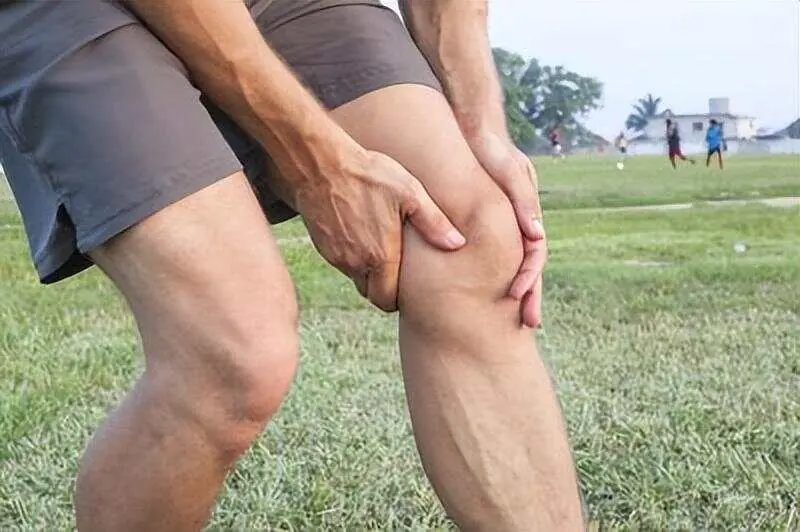
17 years old, end stage renal failure, dialysis three times a week
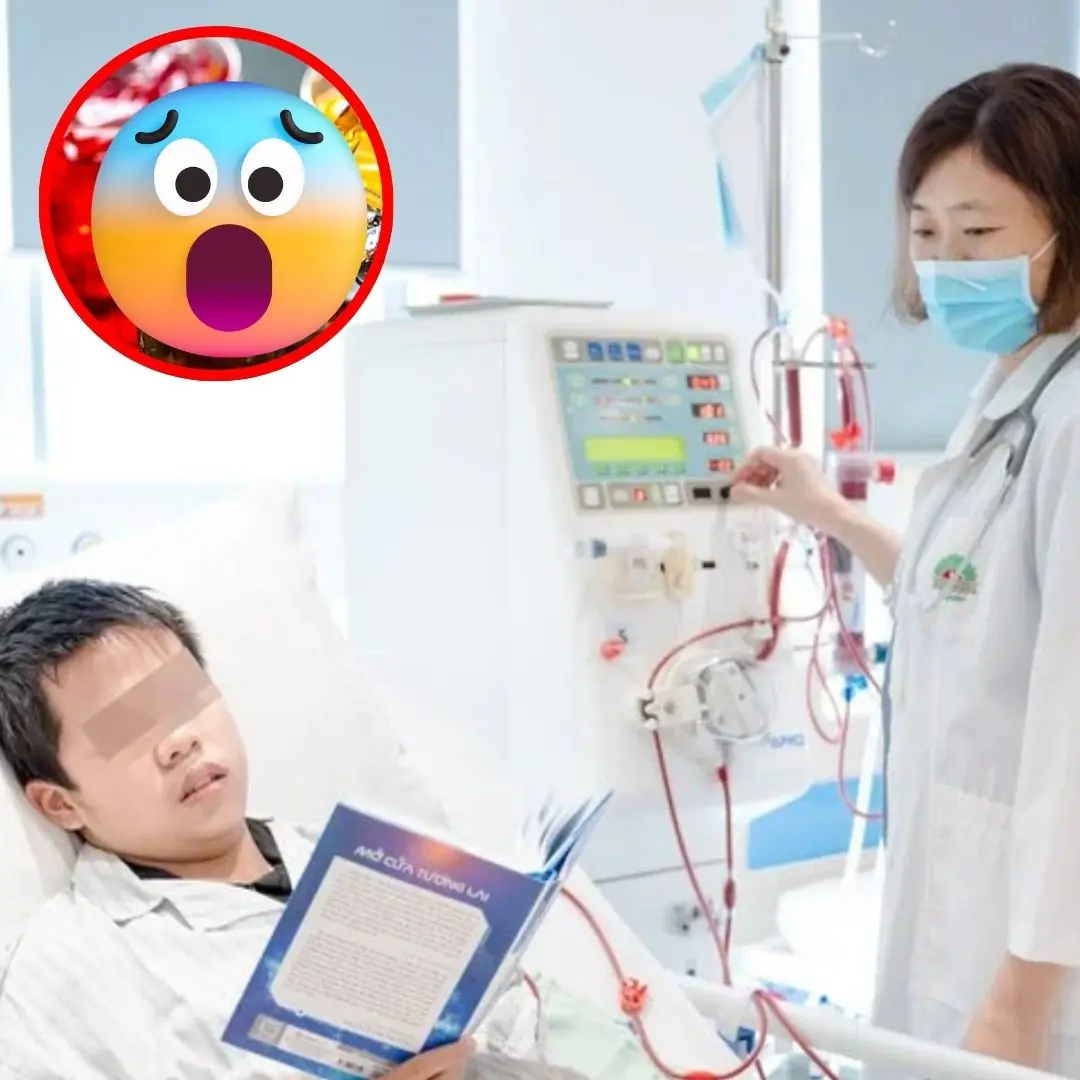
Le Quang Dat, 17, Discovered His Kidneys Had Shrunken and Now Requires Regular Dialysis to Stay Alive
In early June, at the Artificial Kidney Unit of Hong Ngoc General Hospital, Le Quang Dat (17 years old, Hanoi) lay quietly beside the dialysis machine. His face was pale, and his eyes weary, despite only being in grade 10.
Dat is one of the youngest patients at the unit and has been diagnosed with end-stage chronic kidney disease — stage 5 — requiring dialysis three times a week to stay alive.
According to his family, Dat loved carbonated soft drinks, drinking at least one can a day, often replacing water with soda. This habit continued for many years, but no one in the family realized the danger.
Recently, Dat frequently complained of fatigue and persistent paleness, prompting his family to take him for a checkup. Doctors diagnosed him with chronic glomerulonephritis, which had gone undetected and unmanaged, rapidly progressing to late-stage chronic kidney failure. Both of his kidneys had almost completely lost function. Ultrasound imaging showed shrunken kidneys — a sign of end-stage renal failure.
"When he arrived at the hospital, Dat was still conscious, but test results showed that his kidneys were already severely damaged. This is chronic, irreversible damage," said Dr. Nguyen Thi Thu Hai, Head of the Artificial Kidney Unit at Hong Ngoc General Hospital.
According to Dr. Hai, the combination of chronic glomerulonephritis and the daily consumption of soft drinks — a seemingly harmless habit — silently eroded his kidney function.
“Sugary drinks with chemical additives can damage the blood vessels that nourish the kidneys, increasing the risk of chronic glomerulonephritis. Additionally, high sugar intake raises the risk of obesity and insulin resistance, indirectly affecting kidney function,” Dr. Hai explained.
Early Symptoms Are Easy to Overlook
Worryingly, in both early and advanced stages, people with chronic kidney disease can still urinate normally, with no swelling or pain. Common symptoms like fatigue, pale skin, and poor concentration are often mistaken for anemia or stress. Most are diagnosed at late stages when the damage is irreversible.
In Dat’s case, since both kidneys had shrunken and could no longer recover, the only current option is to undergo dialysis three times a week, each session lasting four hours, to remove toxins from his body. However, this is only a temporary solution.
“He is too young. For a long-term prognosis, kidney transplantation must be considered. Dialysis can only keep him alive; it won’t improve his quality of life in the long run,” said Dr. Hai.
Kidney transplantation requires a compatible donor, high costs, and lifelong use of immunosuppressive drugs.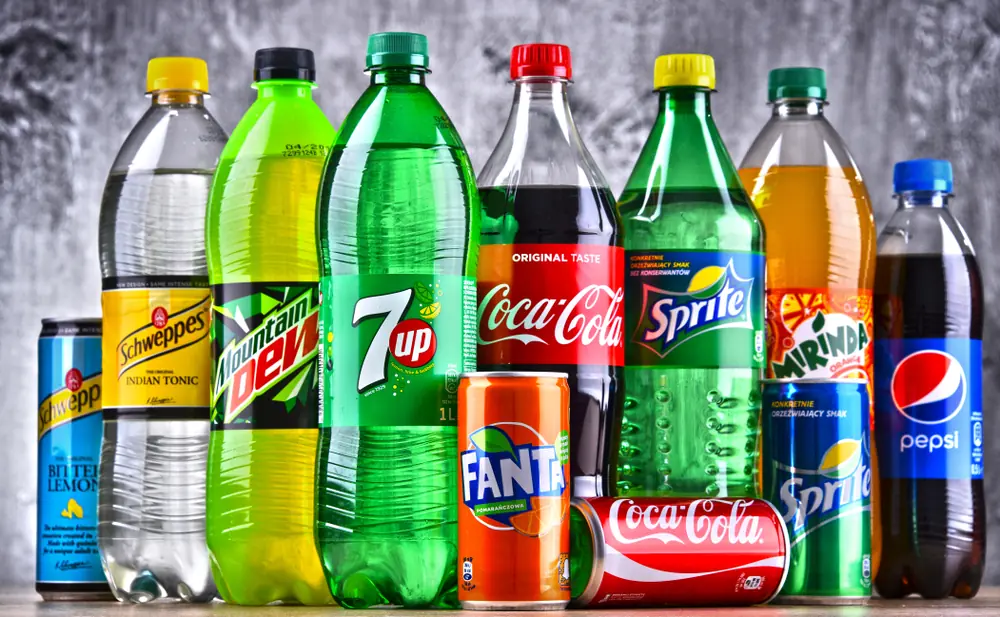
Dat’s Story Is a Wake-Up Call
Dat’s case has deeply troubled the medical staff. In reality, chronic kidney disease is rising rapidly among young people, with many cases linked to unhealthy lifestyles: overconsumption of sugary drinks, high-sodium diets, lack of exercise, and prolonged use of over-the-counter medication.
Why Are Young People Increasingly at Risk?
End-stage renal failure is a harsh sentence — not just physically, but emotionally and financially — especially for the youth, the primary workforce of society. Losing kidney function means losing the ability to work and earn, becoming a burden to both family and the healthcare system.
According to the International Society of Nephrology, the rate of chronic kidney disease among young people is increasing alarmingly. The World Health Organization predicts that by 2040, chronic kidney disease will become the 5th leading cause of death globally.
Unlike infectious diseases or cancer, chronic kidney disease silently deteriorates health. It is estimated that about 8.7 million adults in Vietnam suffer from it, accounting for nearly 13% of the population. However, over 90% are unaware, leading to late diagnosis and ineffective treatment.
Experts point to several lifestyle-related risk factors:
-
High-sodium diets and processed foods: Fast food and packaged foods are high in salt and preservatives. Regular consumption increases kidney filtration pressure and damages kidney tissue.
-
Overuse of food additives: Artificial colors, flavors, and preservatives must be metabolized by the liver and kidneys. Prolonged use overloads the kidneys and impairs function.
-
Sedentary lifestyle: Sitting too much and lack of physical activity increase the risk of metabolic disorders, obesity, hypertension, and diabetes — key contributors to kidney failure.
-
Self-medicating: Many young people take over-the-counter medications or follow word-of-mouth remedies, especially traditional medicine or painkillers. Uncontrolled use can be toxic to the kidneys and accelerate chronic kidney failure.
Additionally, a dismissive mindset and overlooking subtle early signs — such as mild fatigue, slight swelling, or changes in urination — often cause young people to miss the “golden window” for early diagnosis and treatment.
How to Detect and Prevent It
According to the World Health Organization, regular screening is key to early detection of chronic kidney disease. High-risk individuals — those with diabetes, high blood pressure, obesity, cardiovascular or autoimmune diseases — should regularly have blood and urine tests, blood pressure checks, and renal ultrasounds.
In the long term, reducing the burden of kidney failure relies on adopting a healthy lifestyle: low-sodium diets, limiting processed foods, staying hydrated, avoiding tobacco and excessive alcohol, exercising regularly, and avoiding self-medication.
Chronic kidney disease spares no one but is entirely preventable if caught early and addressed in time. For young people, this isn’t just a matter of personal health — it’s a way to protect the future of their families and society.
Worryingly, many young people remain complacent, believing kidney disease only affects the elderly, or assuming their kidneys are fine as long as they can still urinate. In reality, even with kidney function below 10%, patients may still urinate — which leads to them missing the crucial window for intervention.
News in the same category


4 Health Stages Every Man Must Go Through

Drinking coffee at certain time of day could reduce your risk of d.ea.th and heart disease
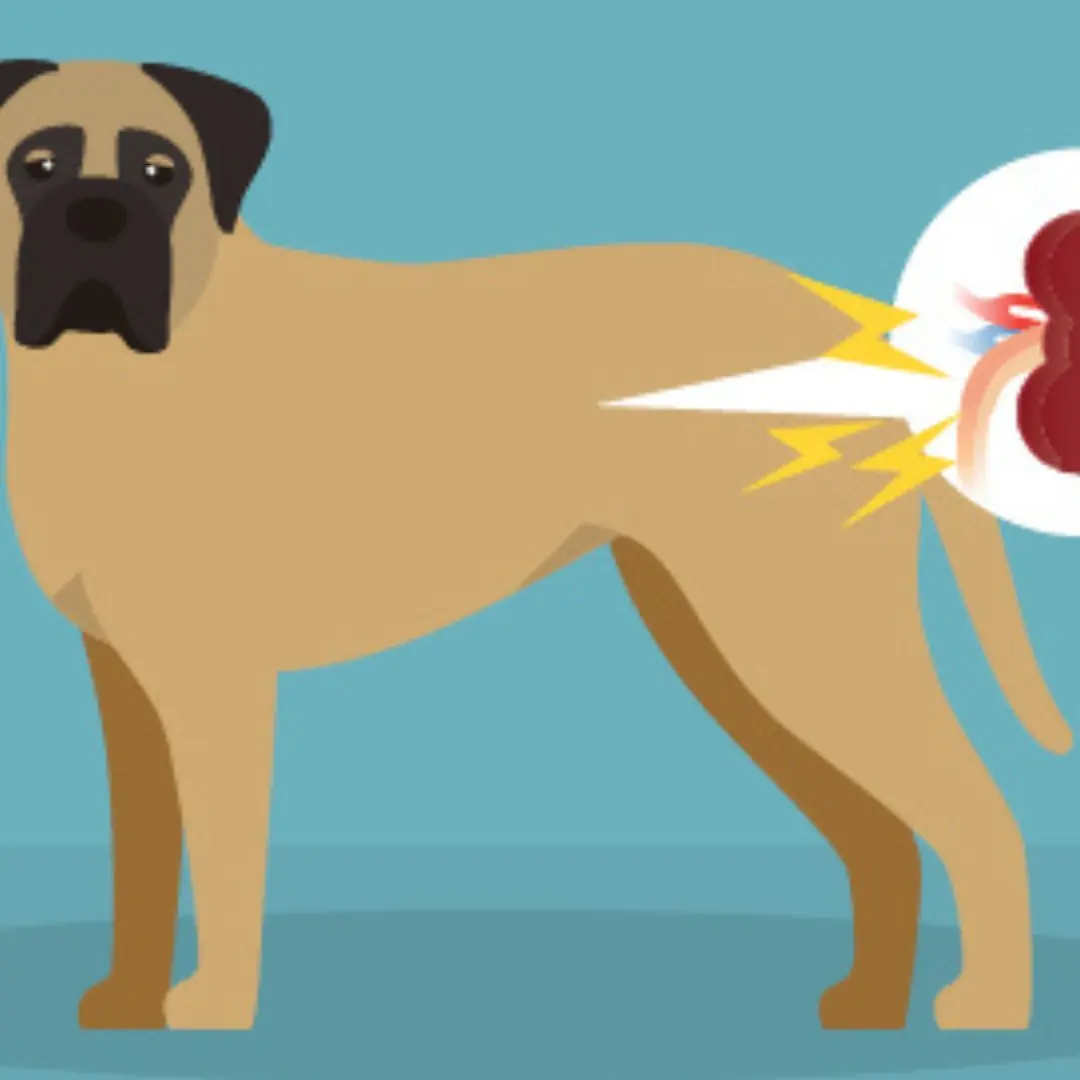
Kidney Failure in Dogs: Causes, Symptoms & Treatment

Who Should Avoid Drinking Coconut Water? Important Health Considerations
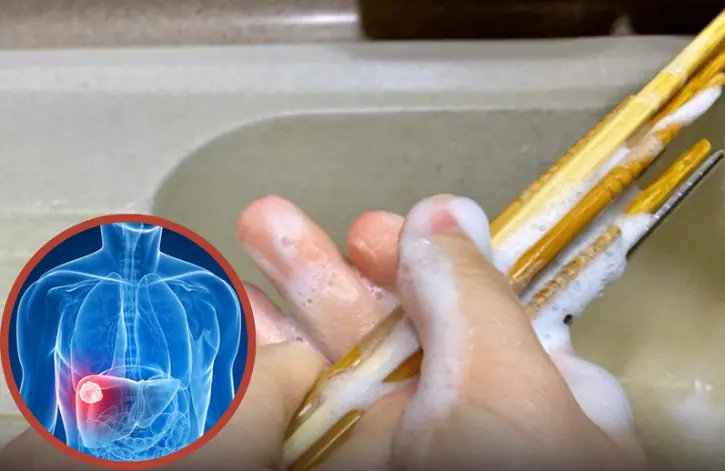
Liver C@ncer Strikes a Family of Four: What Experts Say About T0xic Kitchen Habits

Don’t Toss That Leftover Beer: Discover 8 Surprising Benefits of Keeping I

Boost Your Circulation Naturally: Top Foods Proven to Enhance Bl0d Flow and Heart Health

Seemingly harmless habits that cause can.cer very quickly: Are you suffering from them?

Don’t Ignore the Signs
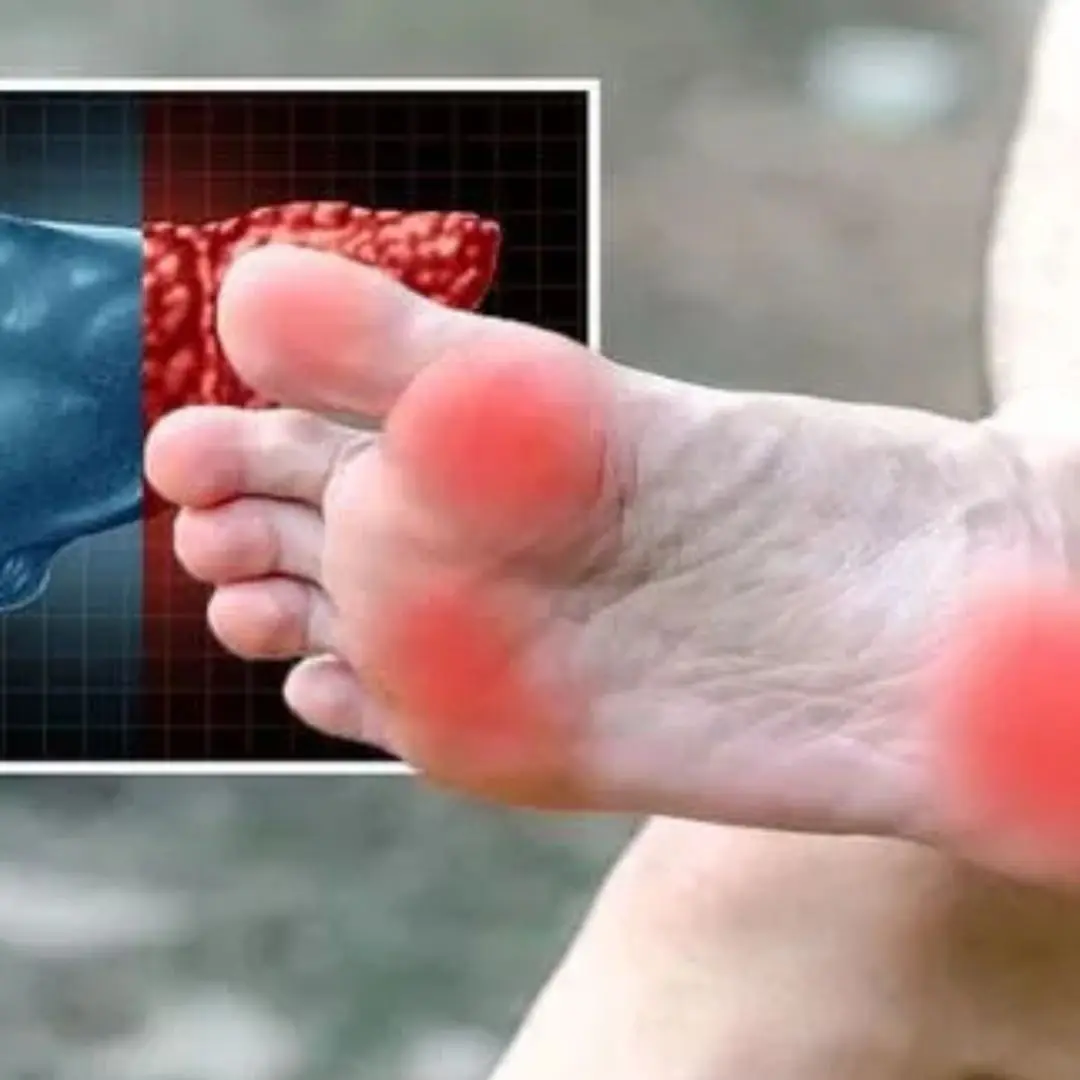
Fatty liver disease: The sign in your feet that means the condition is irreversible

4 types of food with no expiration date
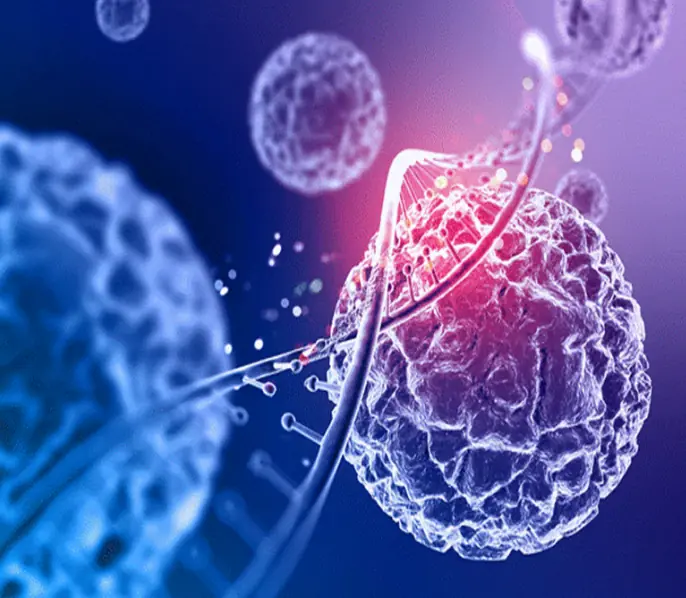
Useful tips to prevent the development of can.cerous cells
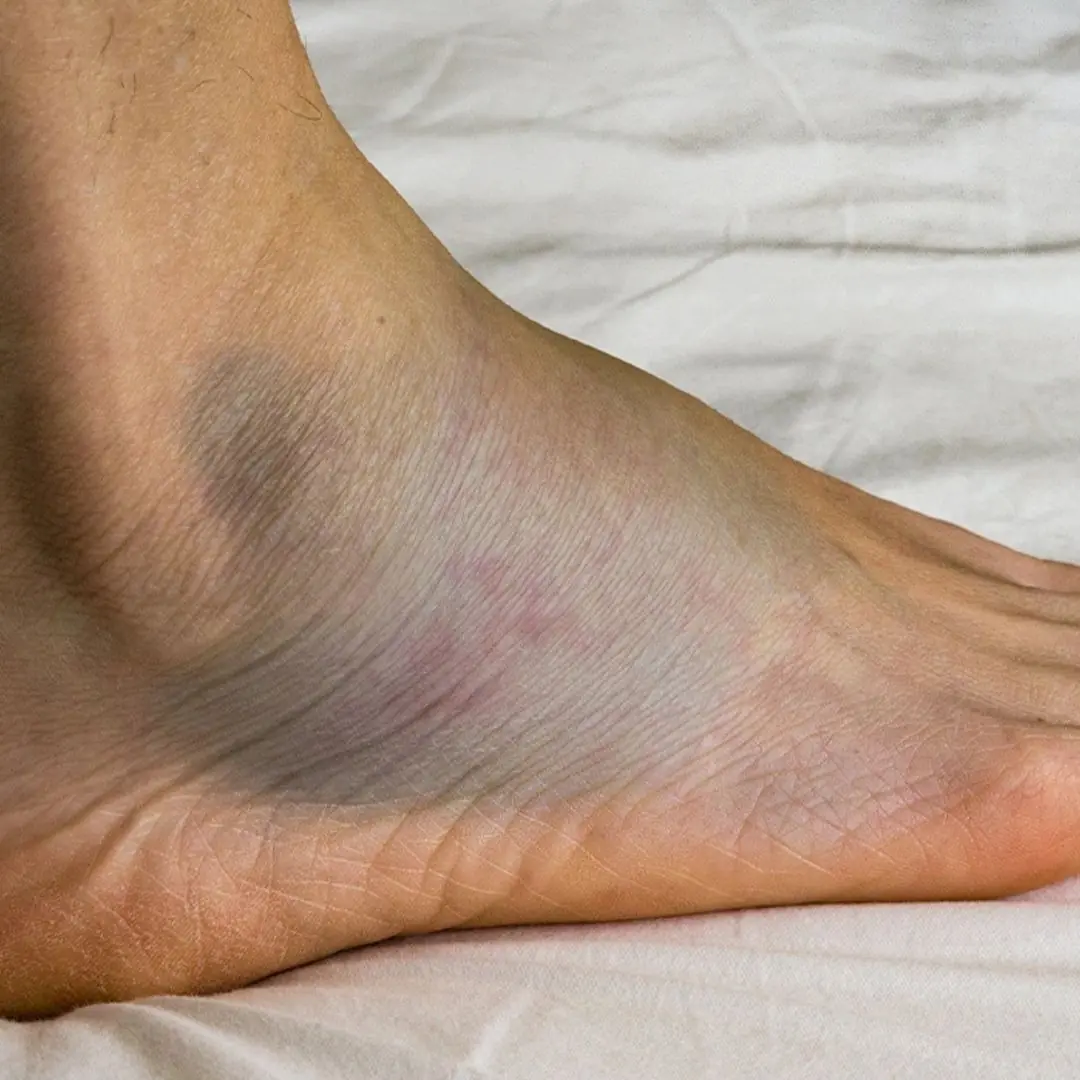
Swollen legs and edema are symptoms of what disease?

Woman Develops Skin Ulcers After 20 Years of Eating Only Boiled Food

Sweet Potatoes Are Healthy, but These 5 Groups of People Should Avoid Them

Seemingly Harmless Habits That Can Cause Can.cer Alarmingly Fast
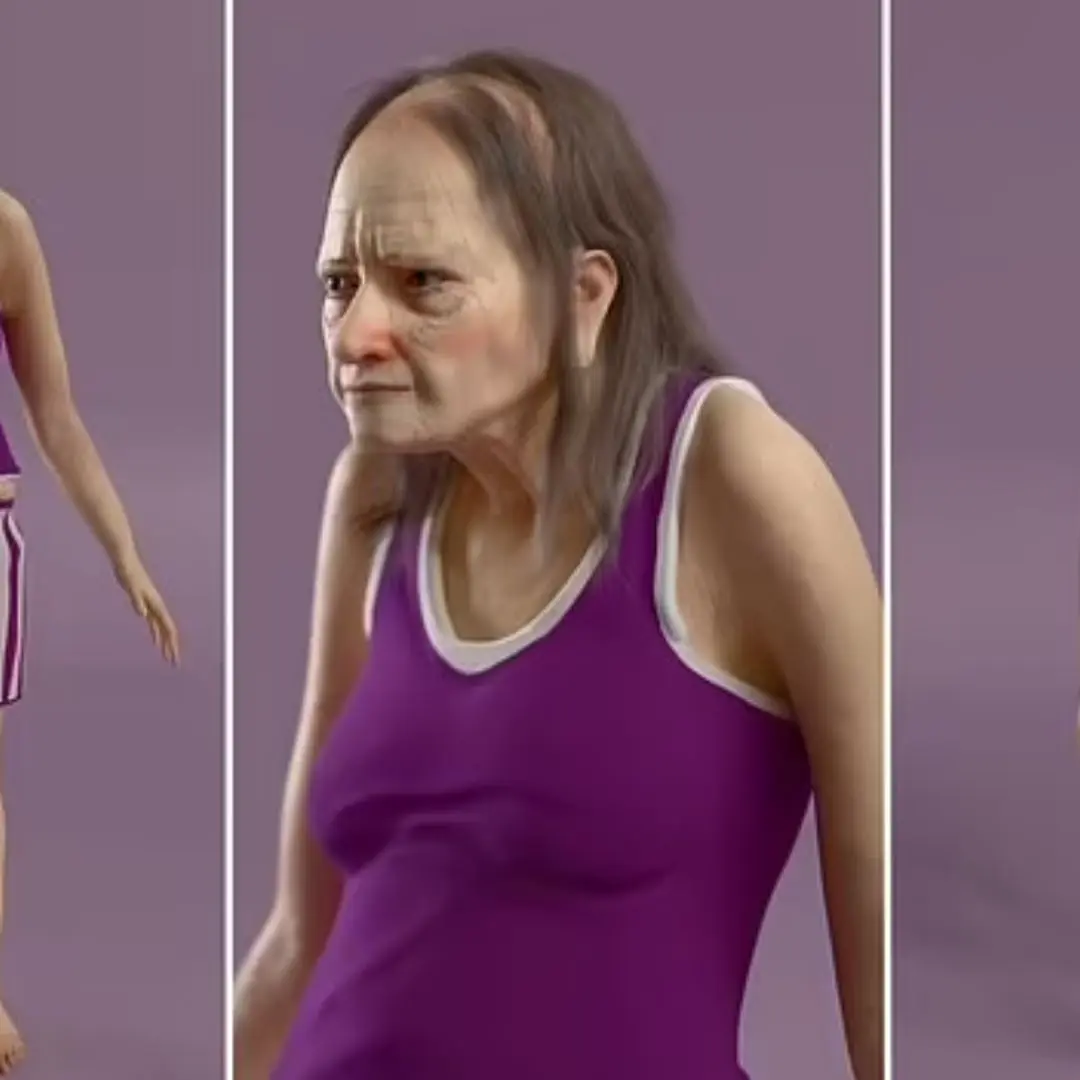
Doctor shares ho.rrif.ying images that show what six hours of sleep a night will do to your body
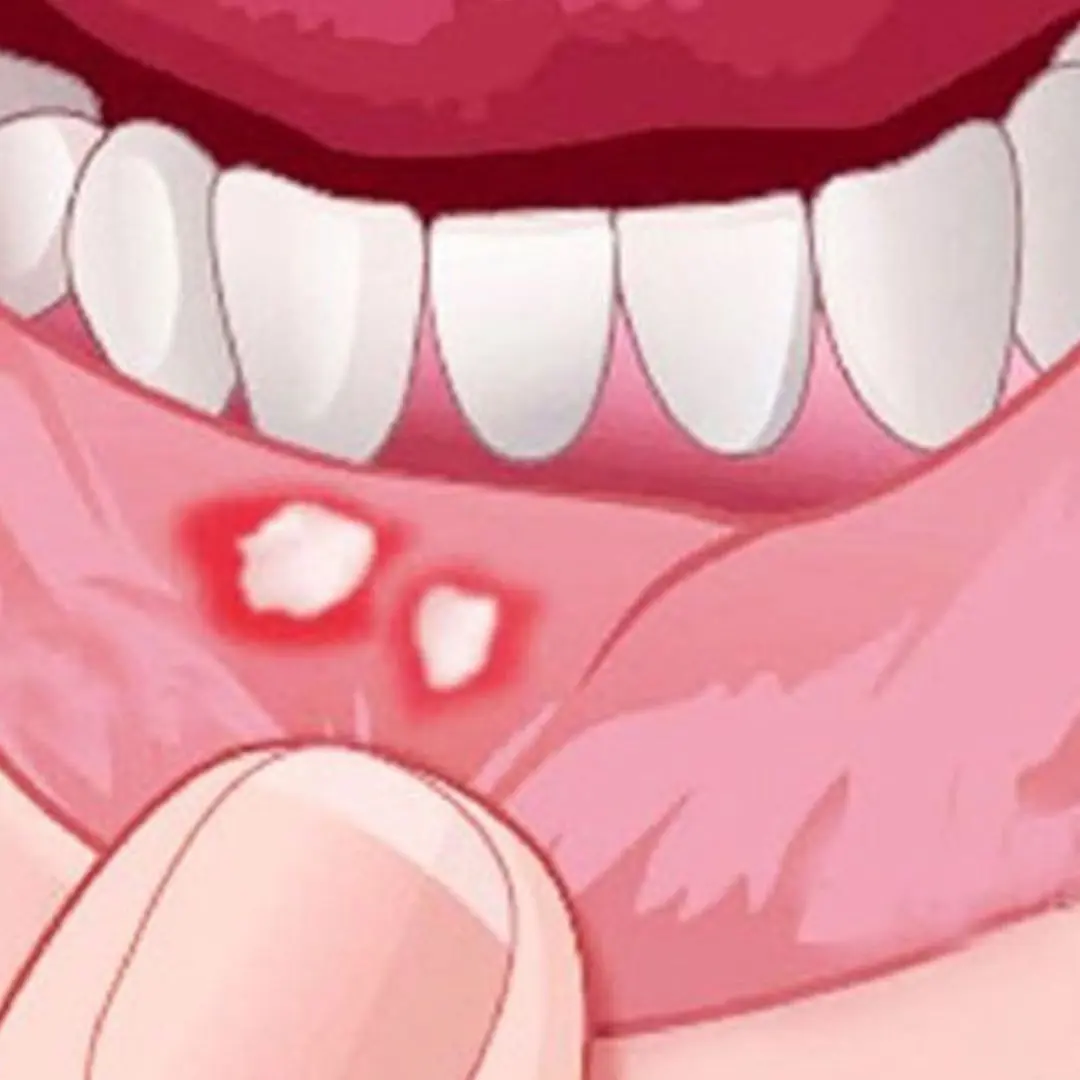
Mouth ulcers keep coming back? Don't ignore the following causes
News Post

Even the Healthiest Tofu Can Be Harmful If Paired with These 4 Foods

4 Health Stages Every Man Must Go Through

Add 9 matchsticks to divide the shape into 4 equal parts

Drinking coffee at certain time of day could reduce your risk of d.ea.th and heart disease

Understanding Night Barking: 6 Reasons Your Dog Won’t Stay Quiet After Dark

Kidney Failure in Dogs: Causes, Symptoms & Treatment

People who should not eat instant noodles no matter how much they crave them

Who Should Avoid Drinking Coconut Water? Important Health Considerations

When going to the market, should you buy the pig's feet first or last?

Liver C@ncer Strikes a Family of Four: What Experts Say About T0xic Kitchen Habits

Foods That Should Never Be Combined with Eggs — Absolutely Avoid These Dangerous Pairings

10 Effective Snake-Repellent Plants to Keep Your Yard Safe and Beautiful

The Button Dilemma: Why Do Men's and Women's Shirts Button Differently

Don’t Toss That Leftover Beer: Discover 8 Surprising Benefits of Keeping I

Why Do Many Believe the Poor Avoid Buying Second-Floor Homes, While the Wealthy Skip the 18th Floor?

Boost Your Circulation Naturally: Top Foods Proven to Enhance Bl0d Flow and Heart Health
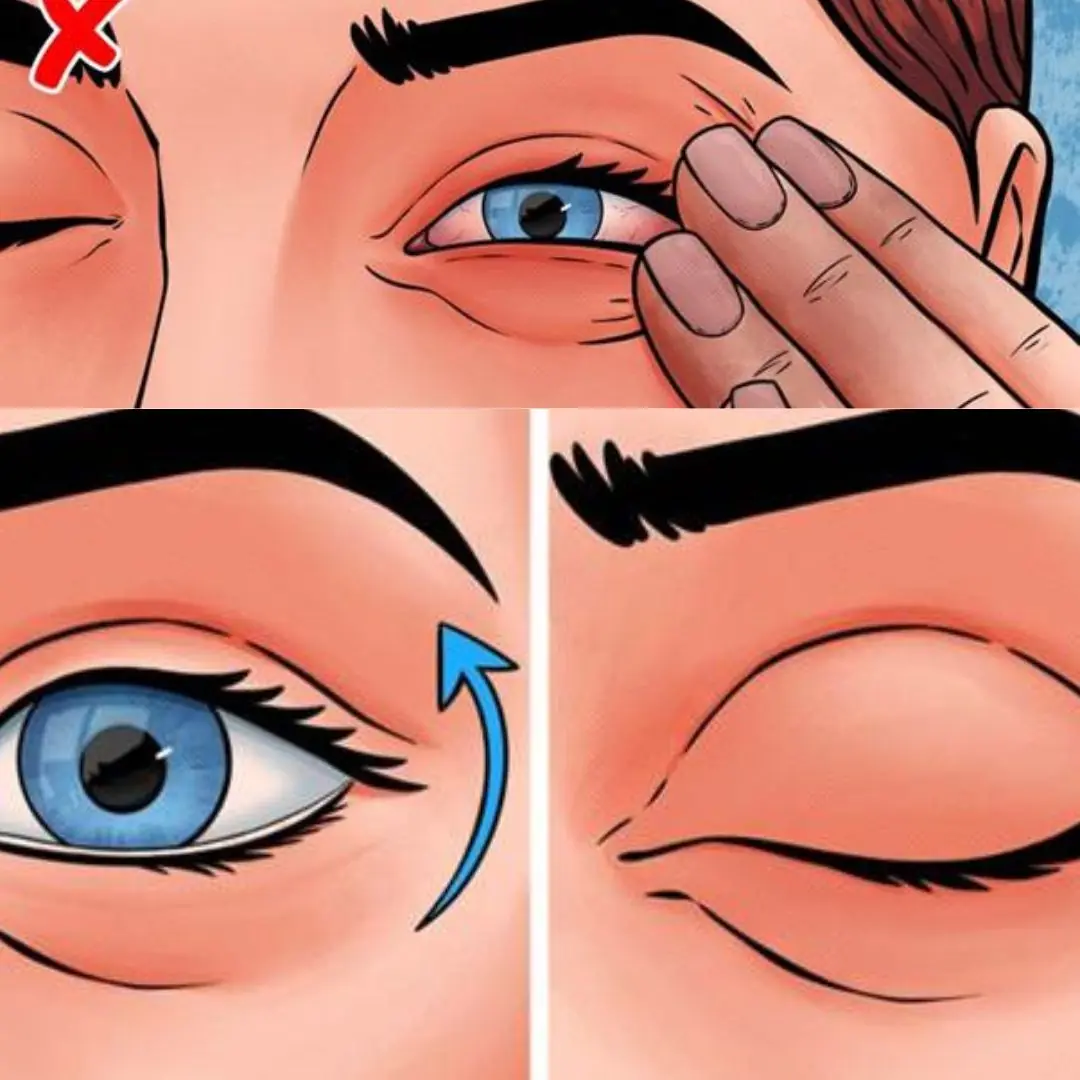
How to remove foreign objects from the eye quickly without causing harm?

Seemingly harmless habits that cause can.cer very quickly: Are you suffering from them?
